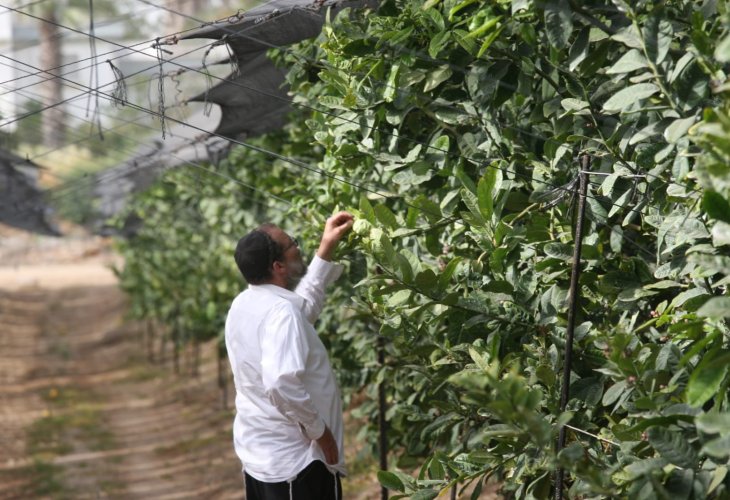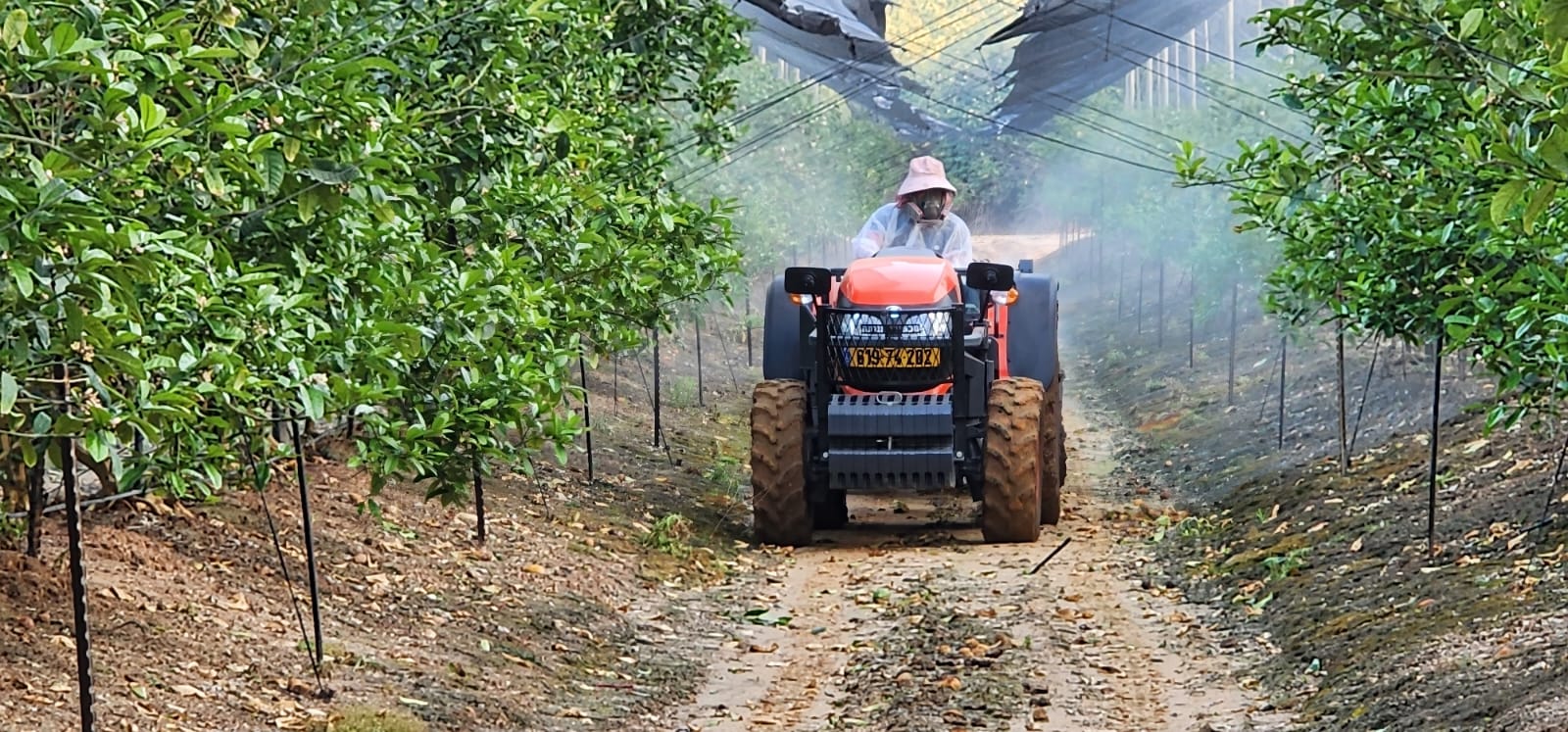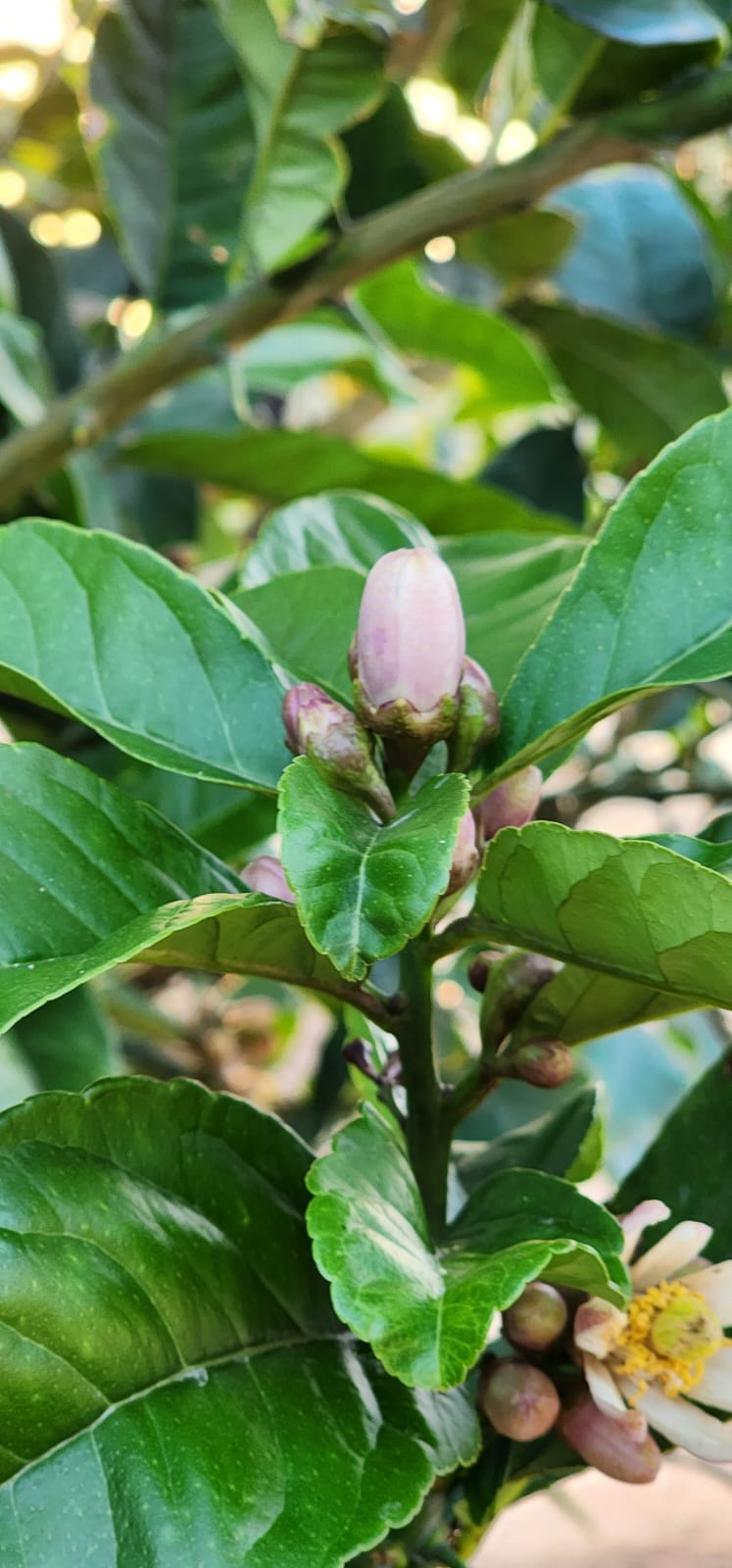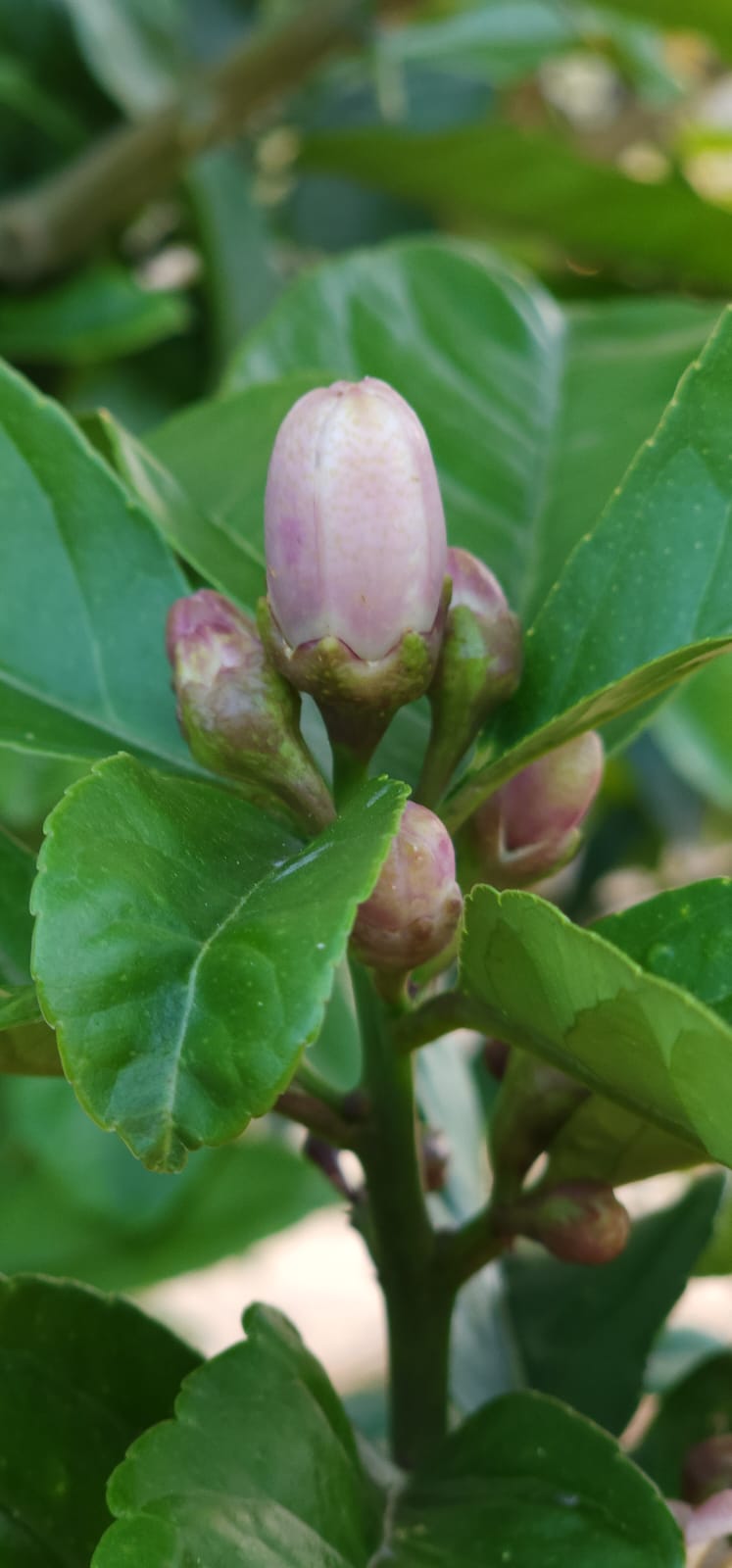Sukkot
From a Single Seed to a Global Orchard: The Remarkable Story of Luria Etrogim
Rabbi Nachum Luria reveals the meticulous, year-round work, challenges, and passion behind growing the most sought-after etrogim for Sukkot

What does your etrog look like? Where did you buy it, and how much effort did you invest to acquire one worthy of the Sukkot blessing? Some people will answer this question briefly. Others will give a long explanation, because they spent days searching for what they consider the most beautiful, highest-level etrog. And then there are those who travel all the way to the etrog orchards to get ahead of the distributors and search the trees themselves for the “diamonds” — the most exceptional, exquisite etrogim they can find for fulfilling the mitzvah.
Rabbi Nachum Luria, head of the “Luria Etrogim” brand and a grower for 45 years, knows every type of buyer. Every year he prepares anew to serve them all, producing tens of thousands of etrogim that are sold throughout Israel and around the world.
“Etrogim are my life,” he says. “They occupy me all year long.”
In a fascinating conversation, he reveals what the life of an etrog grower really looks like.
A Sisyphean and Exhausting Job
The Luria family’s etrog story began 45 years ago, when Rabbi Luria’s father-in-law visited the Lubavitcher Rebbe during the Tishrei holidays.
“After Sukkot ended, my father-in-law asked the Rebbe for the etrog he had used for the blessing,” Rabbi Luria recounts. “The Rebbe gave it to him and said: ‘When you arrive back in Israel, remove the seeds from this etrog and plant them, so that you will grow etrog trees.’ My father-in-law did exactly that. The etrog contained thirty seeds. He planted them, and from them grew the seedlings that became the foundation of our family’s etrog orchard.”
In the beginning, the orchard had only about fifty trees behind his father-in-law’s home. “After my father-in-law passed away, I entered the business and, thank God, expanded the orchard significantly. Today it spans very large areas and includes hundreds of trees.”

Etrog trees, he explains, must be renewed every year because they generally do not survive for more than a few seasons. “We spend the entire winter planting new trees for the spring and removing older ones. The first few years of a tree’s fruits are forbidden to use because they are orlah (prohibition on eating or using the fruit from a tree during its first three years of growth). After that, there are three or four productive years, and then the trees become exhausted, so we uproot them and plant new ones. We cover all the trees with a huge net to protect them from wind and pests.”
Spring is flowering season. From that moment on, the main task is to protect the etrogim from blemishes or damage that would invalidate them. “The etrog is an extremely delicate fruit,” Luria explains. “From the moment the flower opens and the tiny fruit appears, flies and insects arrive to sample it. One tiny ‘bite’ and the etrog is invalid. That’s why we must spray at the right time — and very carefully, because even the spray itself can damage the fruit.
“The greatest frustration is when you’ve worked and sprayed and protected the fruit, only to discover the entire tree is full of pests and the etrogim are invalid. Sometimes there are fifty etrogim on a single tree — and all of them are lost.”
“It happens every single year. There isn’t a year when we don’t lose trees — and every time it hurts anew.”
![]() Many people search for the most mehudar (exquisitely beautiful) etrogim. Can you influence the quality of the etrogim on the trees?
Many people search for the most mehudar (exquisitely beautiful) etrogim. Can you influence the quality of the etrogim on the trees?

“It’s not entirely up to me — but of course I can try. I go from tree to tree, from etrog to etrog, protecting and nurturing the fruit daily. Most people don’t know how full the trees are with branches and sharp thorns. We have to trim them constantly to prevent the fruit from being scratched. That increases the chances that the etrog will grow unblemished and mehudar. It’s a hard job — but when we succeed, thank God, it’s incredibly rewarding.”
How many etrogim do you supply each year?
“Thank God, our orchard produces hundreds of thousands of etrogim annually, sold across Israel and the world. We are considered one of the largest etrog orchards. I hear about great rabbis and rebbes who bless with our etrogim. Sometimes people tell me that tens of thousands of people used the Rebbe’s etrog — one that came from my orchard. Some Hasidic groups have the custom that all the chassidim bless with the Rebbe’s etrog. That is very moving and warms the heart.
“But what excites me most is meeting the young Torah learners who come to the orchard and want to choose the most mehudar etrog while it’s still hanging on the tree.”
Rabbi Luria pauses and adds: “These are young men who truly don’t have an extra shekel to spare. They come five at a time in a single taxi to save money — but when it comes to etrogim, they spare nothing. They’re willing to invest everything they have, just to obtain the most beautiful etrog for the mitzvah. When I see their determination and excitement — I can’t help but be moved myself.”

And of Course We Must Ask — Which Etrog Do You Bless On?
“I feel like the character in the story of the people who honor Shabbat,” he answers with a smile. “They would buy the finest fish on Sunday, then find an even better one on Monday, and an even better one on Tuesday, and so on.
“That’s how it is with me. I keep replacing my etrog with one I think is more beautiful — until in the end I bless on the etrog that looks the most mehudar to my eyes.
“On Sukkot, when I bless on an etrog that grew in my own orchard, I pray that God will grant me the merit to bless in future years as well on etrogim that I grew — and that through them I will help all of Israel fulfill this beautiful mitzvah.”

